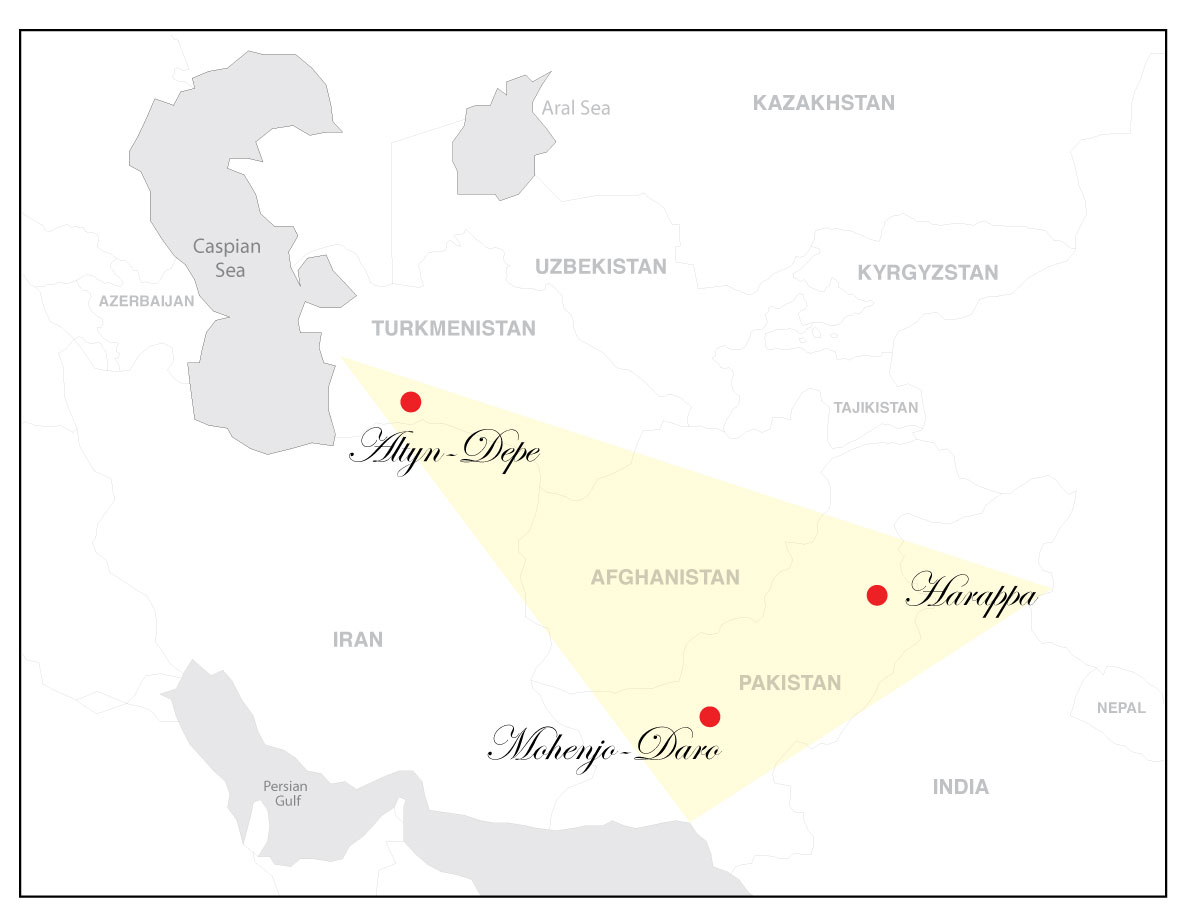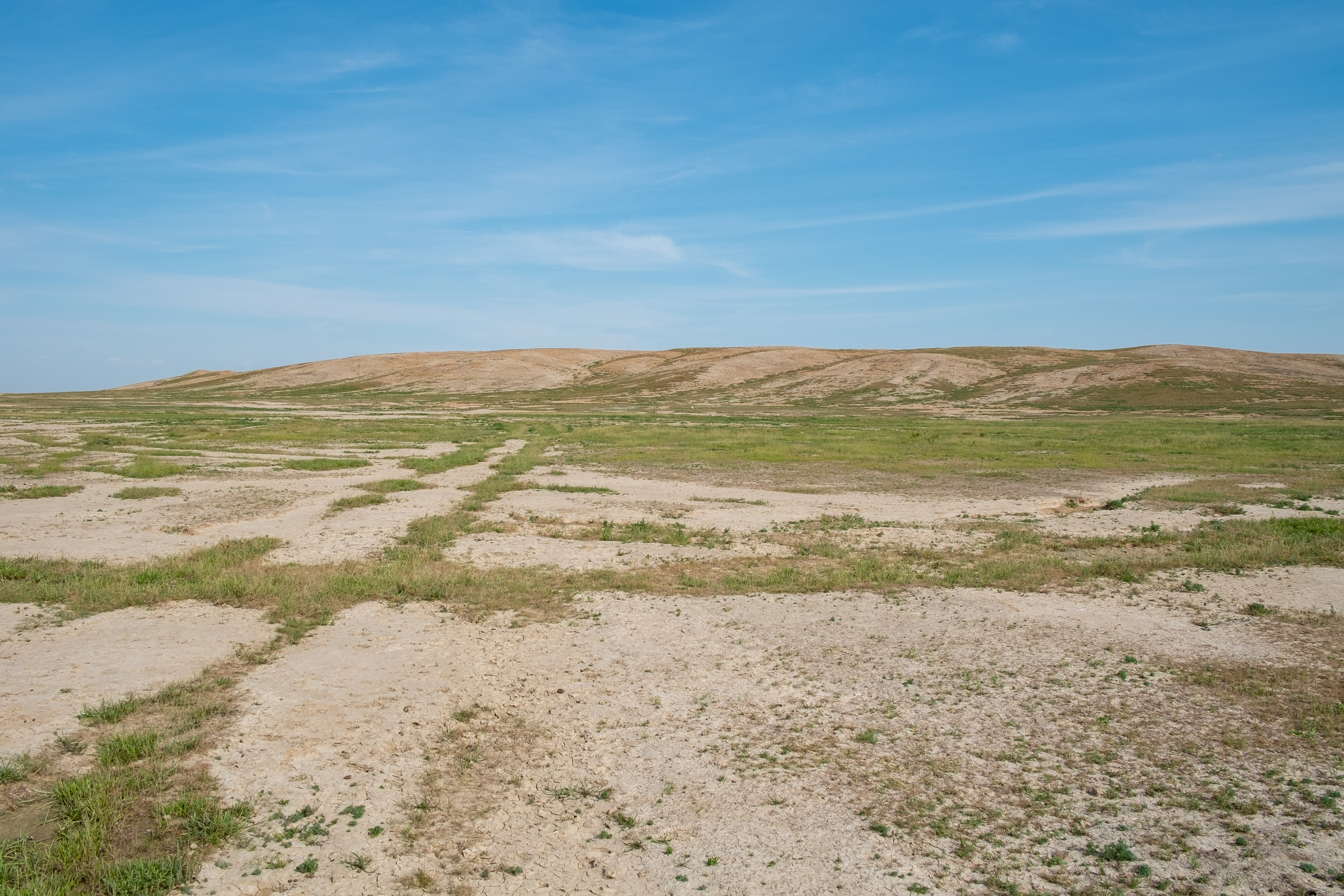Altyndepe on:
[Wikipedia]
[Google]
[Amazon]
 (, sometimes Altyn Tepe, Turkmen "Golden Hill"), is a
(, sometimes Altyn Tepe, Turkmen "Golden Hill"), is a
 Large-scale excavations at Altyn-depe started in 1965.
During the late
Large-scale excavations at Altyn-depe started in 1965.
During the late
 The site is notable for the remains of its
The site is notable for the remains of its
ARCHEOLOGY: Pre-Islamic Central Asia.
iranicaonline.org, 1986 (updated in 2011) This construction has also been described as "proto-Zoroastrian". There were also other Mesopotamian connections,
Altin Tepe
entry i
Encyclopaedia Iranica
by Valery Pavlovich Alekseyev (1991) * http://stantours.com/tm_rg_ahal_ad.html {{Coord, 36, 51, 28.50, N, 60, 25, 56.55, E, source:frwiki_region:TM, display=title Archaeological sites in Turkmenistan Former populated places in Turkmenistan Bronze Age sites Ahal Region
 (, sometimes Altyn Tepe, Turkmen "Golden Hill"), is a
(, sometimes Altyn Tepe, Turkmen "Golden Hill"), is a Bronze Age
The Bronze Age is a historic period, lasting approximately from 3300 BC to 1200 BC, characterized by the use of bronze, the presence of writing in some areas, and other early features of urban civilization. The Bronze Age is the second prin ...
( BMAC) archaeological site
An archaeological site is a place (or group of physical sites) in which evidence of past activity is preserved (either prehistoric or historic or contemporary), and which has been, or may be, investigated using the discipline of archaeology a ...
in Turkmenistan
Turkmenistan ( or ; tk, Türkmenistan / Түркменистан, ) is a country located in Central Asia, bordered by Kazakhstan to the northwest, Uzbekistan to the north, east and northeast, Afghanistan to the southeast, Iran to the sout ...
, near Aşgabat, inhabited first from c. 3200 to 2400 BCE in the Late Regionalization Era
Several periodisations are employed for the periodisation of the Indus Valley Civilisation. While the Indus Valley Civilisation was divided into Early, Mature, and Late Harappan by archaeologists like Mortimer Wheeler, newer periodisations incl ...
, and from c. 2400 to 2000 BCE in the Integration Era
Several periodisations are employed for the periodisation of the Indus Valley Civilisation. While the Indus Valley Civilisation was divided into Early, Mature, and Late Harappan by archaeologists like Mortimer Wheeler, newer periodisations incl ...
as a full urban site.
Excavations
 Large-scale excavations at Altyn-depe started in 1965.
During the late
Large-scale excavations at Altyn-depe started in 1965.
During the late chalcolithic
The Copper Age, also called the Chalcolithic (; from grc-gre, χαλκός ''khalkós'', "copper" and ''líthos'', "stone") or (A)eneolithic (from Latin '' aeneus'' "of copper"), is an archaeological period characterized by regular ...
period Altyn Depe became a large-scale center with an area of 25 hectares. It was surrounded by an adobe wall with rectangular watch towers. Several living quarters were uncovered. The area called ''Excavation 9'' was a living quarter with several houses, many of them perhaps belonging to wealthy people. The houses had courtyards and street were running between them. People were often buried within houses. At ''Excavation 5'' and ''Excavation 10'' two other larger parts of living quarters were found. Those belong more likely to craftsmen. The houses are smaller and not so well built.
Ziggurat
 The site is notable for the remains of its
The site is notable for the remains of its ziggurat
A ziggurat (; Cuneiform: 𒅆𒂍𒉪, Akkadian: ', D-stem of ' 'to protrude, to build high', cognate with other Semitic languages like Hebrew ''zaqar'' (זָקַר) 'protrude') is a type of massive structure built in ancient Mesopotamia. It has ...
. This was a monumental religious complex with a four-level tower of the Mesopotamian ziggurat type.V. M. MassonARCHEOLOGY: Pre-Islamic Central Asia.
iranicaonline.org, 1986 (updated in 2011) This construction has also been described as "proto-Zoroastrian". There were also other Mesopotamian connections,
"The Altyn Depe civilization was in close contact with neighboring cultures. Sulfur-glazed vessels ( Tepe Hissar,Tureng Tepe Tureng Tepe ( fa, تورنگ تپه, "Hill of the Pheasants"; alternatively spelled in English as Turang Tappe/Tape/Tappa/Tappeh) is a Neolithic and Chalcolithic archaeological site in northeastern Iran, in the Gorgan plain, approximately 17 ...) obviously brought in from northeastern Iran turned up during the excavations in the aristocratic sector."
Namazga
Namazga-Tepe or ''Namazga-depe'', is a Bronze Age ( BMAC) archaeological site in Turkmenistan, some 100 km east of Aşgabat, near the border to Iran. Excavated by Vadim Mikhailovich Masson, Viktor Sarianidi, and I. N. Khlopin from the 1950s ...
V and Altyndepe were also in contact with the Late Harappan
The Indus Valley Civilisation (IVC), also known as the Indus Civilisation was a Bronze Age civilisation in the northwestern regions of South Asia, lasting from 3300 BCE to 1300 BCE, and in its mature form 2600 BCE to 1900& ...
culture (ca. 2000-1600 BC). In Altyn Depe, many Indus Valley items were found, including objects made of ivory, and stamp seals of the Harappian type. At least one item contained Harappian writing.
Masson (1988) views the culture as having a Proto-Dravidian
Proto-Dravidian is the linguistic reconstruction of the common ancestor of the Dravidian languages. It is thought to have differentiated into Proto-North Dravidian, Proto-Central Dravidian, and Proto-South Dravidian, although the date of divers ...
affiliation. Also, Sarianidi affiliates the site with Indo Iranians.
Two-wheeled carts
Models of two-wheeled carts from c. 3000 BC found at Altyn-Depe are the earliest complete evidence of wheeled transport in Central Asia, though model wheels have come from contexts possibly somewhat earlier. Judging by the type of harness, carts were initially pulled by oxen, or a bull. However camels were domesticated within the BMAC. A model of a four-wheeled wagon drawn by a camel of c. 2200 BC was found at Altyn-Depe.Hans J.J.G. Holm: The Earliest Wheel Finds, Their Archeology and Indo-European Terminology in Time and Space, and Early Migrations around the Caucasus. Archaeolingua Alapítvány, Budapest, 2019,Monjukli Depe
Monjukli Depe is an ancient settlement in south Turkmenistan, at the northern edge of the Kopet Dag mountains. Excavations reveal occupation from the late Neolithic period, starting about 6200 BC, to the early Chalcolithic period. The earliest lay ...
, another important ancient settlement is located nearby.
See also
*Anau culture
The Anau culture was an ancient agricultural civilization of Central Asia centred in southern Turkmenistan. It started during the Chalcolithic period around 4000 BC, following the Neolithic Jeitun culture. It is named after its main site of Anau ...
*Jeitun
Jeitun (Djeitun) is an archaeological site of the Neolithic period in southern Turkmenistan, about 30 kilometers north of Ashgabat in the Kopet-Dag mountain range. The settlement was occupied from about 7200 to 4500 BC possibly with short interr ...
*South Turkmenistan Complex Archaeological Expedition
The South Turkmenistan Complex Archaeological Expedition (STACE), also called the South Turkmenistan Archaeological Inter-disciplinary Expedition of the Academy of Sciences of the Turkmen Soviet Socialist Republic (YuTAKE) was endorsed by the Tur ...
References
External links
Altin Tepe
entry i
Encyclopaedia Iranica
by Valery Pavlovich Alekseyev (1991) * http://stantours.com/tm_rg_ahal_ad.html {{Coord, 36, 51, 28.50, N, 60, 25, 56.55, E, source:frwiki_region:TM, display=title Archaeological sites in Turkmenistan Former populated places in Turkmenistan Bronze Age sites Ahal Region